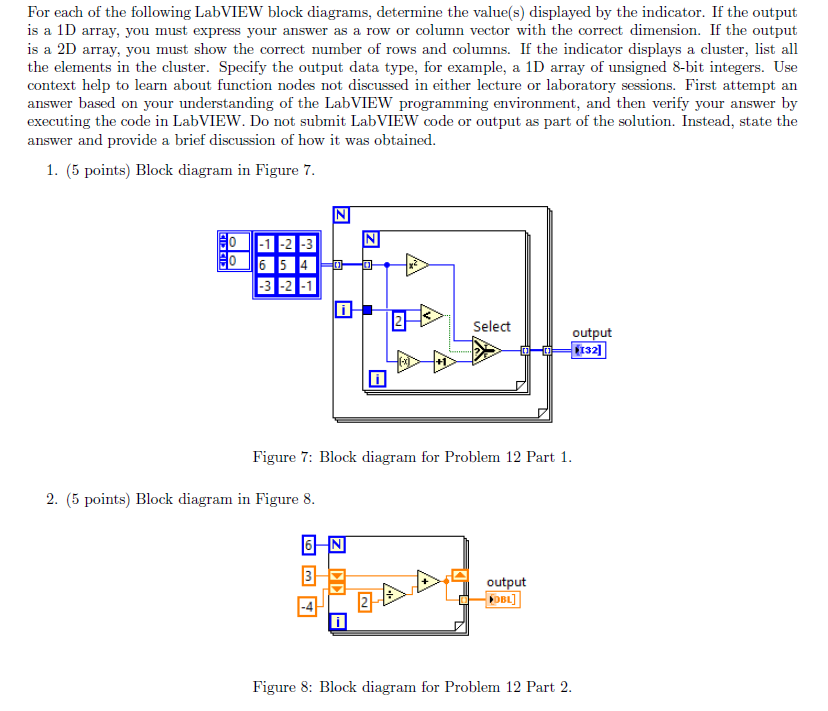
Nested for loop 2d array python.In LabView we can design a VI that can write different data types to a text file or a. Produced by Hector slam using LiDAR, but seems like current LabView ROS package only has odometry for navmsgs. This labview tutorial covers following topics: Labview data types Creating SubVI Creating Array and Array operations Cluster concepts in labview Various plots in labview File I/Os For loop,while. It covers text and numeric based file formats. This Labview programming language tutorial covers File I/O in labview. Labview programming basics Tutorial-text and complex File I/O.
To change it to TRUE, click on the constant with the Operating tool. Examples read and write data to excel files in labviewThe Boolean Constant (Programming>Boolean palette) controls whether or not the 2D array is transposed before it is written to file. The function takes the value from the function in the form of timestamp data, numeric data and delimiters and writes the data in the form of strings in a spreadsheet file or a text file with data separated by the delimiter specified. Writing data to a spreadsheet requires string type data separated by a delimiter (a parameter provided to the write to spreadsheet bloc).
So if we append a 2 x 2 array with a 1 x 5 array, then the resulting array places the 1 x 5 array as a third row of the 2 x 2 array as shown in Figure 6. It must first be declared, then created, and then the values can be assigned just as in a 1D array.To append two dimensional arrays, the Build Array function simply appends the input to the original array by rows. Exercise 8.1.Using the example from the beginning of this chapter, the data points for the chart are put into a 2D array, where the second dimension adds a gray value: A 2D array is essentially a list of 1D arrays. Create a nested loop that will return a 2D array of size 10×10 and containing random numbers generated between 0 and 1 as shown in the figure below,Arrays. Create a VI as we have been doing from tutorial 1 and save it for future use. I will now try to explain the functionality of working with e spreadsheet in LabView using a VI.

Otherwise a dialog box will appear as you will see shortly asking for you to create a spreadsheet file. To the pin named as file path specify the path of the file you want to write to. Csv file as shown in the figure below, And place a comma inside the constant for to create a. Create a constant at the delimiter as shown in the figure below, By default the delimiter is set to tab (\t) but if you want to write data to an excel sheet you must provide a delimiter comma (,) because tab (\t) is not used for excel sheets.
Csv file in the destination folder you select, as shown in the figure below, Select the folder where you want to save the spreadsheet and write the name of the spreadsheet with the file extension as shown in the figure below, Run the VI and the Vi will ask you where to save the spreadsheet you created.
You can also write data to a text file with the same delimiter but in case of text file tab (\t) delimiter is preferred because it increases the understand ability of the data. Using the same block you can also write your spreadsheet data to a text ile changing your delimiter. Csv as shown in the figure below, Open the file and you will see a 10×10 2D array stored in the spreadsheet file with extension.


 0 kommentar(er)
0 kommentar(er)
